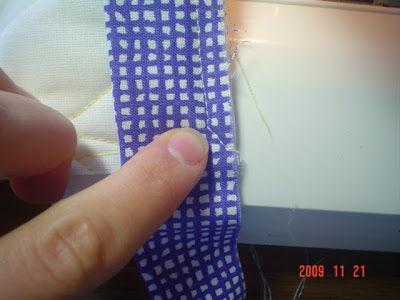Here is a list of the battings I currently carry for your to purchase & use in your quilts.
Hobbs Heirloom 80% poly/20% cotton 96" wide - $7.49/yard
Hobbs 3 oz. polyester 96" wide $3.50/yard (similar to low-loft Polyfil)
Quilter's Dream Poly $7.25/yard
Quilter's Dream Cotton $9.25/yard
Many of you ask, what kind of batting should I use?
First you must decide if cost or fiber content is the bigger factor. If you are going for the lowest cost, then the 3 oz. poly is the best choice. It has a little higher than a 1/4" loft, and will have no shrink.
If you like a very flat batting, then the Quilter's Dream battings would be a good choice. Both of them them will have 1% shrink or less. Both the Quilter's Dream Poly and the Quilter's Dream Cotton are very similar in weight and loft, and will be very similar in the finished quilt.
And somewhere in the middle is the Hobbs Heirloom. It has a little higher loft than the Quilter's Dream battings, but not as high as the 3 oz. poly. The manufacturer says that it has a shrink factor of 3-5%. If you don't mind a bit of shrink, this is a nice batting. Right now this is the most popular batting, and I use quite a bit of this.
To minimize shrink in both your battings & fabrics, wash your quilts in cool water, and tumble on low or no heat for 15 minutes. Then lay flat to dry completely.
The battings that I carry are all on a 30-yard roll. I often find that packaged battings can have permanent creases in them & don't lay flat. Usually they relax & bit and once quilted it's not noticeable, but sometimes there is a visible bump in the quilt where there is an uneven spot in the batting. Just be aware of this with packaged battings.

















